The Irish 1901/1911 census can be found at
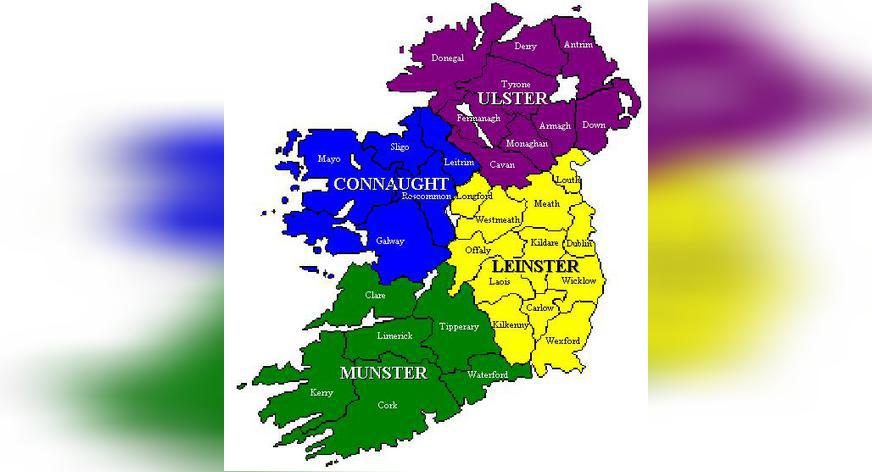

From 1800 to 1922 the UK was the United Kingdom of Great Britain and Ireland. So, for a great deal of the period of interest to genealogists, the two islands were part of the same country.
The consequence of this is that there are no official records of migration, because the Irish in Britain during that time were not technically immigrants. As a result, the British archives contain much more material of Irish interest.
There are a lot of similarities between the record systems of Britain and Ireland, particularly:
- The formats of the various civil registration records
- Census-taking practice
- Probate for wills
- Before census and civil registration, parish records are the only direct sources of family information for the majority of the population.
There are four categories of Irish records that are relevant to almost everyone researching their Irish ancestors: civil records, census records, church records and property records.
There are also fascinating tales of family history, passed down orally through the generations, which can be found in most families. Irish Family History is full of myths and legends. These stories may be curious, but always interesting and sometimes historically valuable, perhaps grounded in fact and providing a peek into the past that might not be available through other means.
Tracing your Irish ancestry has become easier with the 1901 Census Online, a great new resource – http://www.1901censusonline.com. But where do you start?
Starting Point
If you don’t have a specific place of origin for your ancestor in Ireland, you aren’t through doing research in your own country. Always begin with yourself and try to find out everything you can (oral history and factual information) from family members. There may be people in your immediate or extended family who have already gathered information such as certificates, obituary notices, etc. Don’t forget bibles, diaries, and tombstones which can be another good place to start for names, dates and places, which will help your discussions with relatives. Organise the information you collect and record it on a family tree or through the great resources and features available on My Heritage.
Civil / Church Districts
Once you’ve gathered all you can from local sources, your next step is determining what part of Ireland your ancestors originated from. Ireland has historically been divided into four provinces – Ulster, Connaught, Munster and Leinster. However, the Irish word for this territorial division is cúige, meaning “fifth part” indicates that there were once five – Meath (now incorporated into Leinster and Ulster) being the fifth.
Under the provinces are:
Counties (32)
Poor Law Unions (163)
Baronies (331)
Civil Parishes ( 2, 508)
Townlands (60, 462)
Dioceses (4- with 22 parishes in each)
Both the Protestant and Catholic churches kept to the same boundaries, but maintained separate records. Protestant marriages weren’t required to be registered until 1845, Catholics until 1864. For marriages prior to these dates you will need to locate the actual church records.
Information Needed
To progress from here you will need to know:
- What time they lived in
- What religion they were (and possibly denomination)
- When they emigrated and where from
- If you have any relatives still in Ireland
Place of Origin
One of the most important items of information for Irish family history research is a precise place of origin, and the most important tool in identifying Irish placenames is the 1851 General Alphabetical Index to the Townlands and Towns, parishes and Baronies of Ireland.
From here you can search the entire Index, together with street listings from Dublin, Cork and Belfast cities, more than 65,000 entries in all.
Townlands
The Townland is a unique feature of Ireland and is one of the most ancient divisions in the country. It is in the Townland that you will find the location of the church where your ancestor’s births, deaths and marriages were recorded.
To locate the Townland you will need to find the County, then the Civil Parish, which will then lead you to the Townland. You can then branch out and look at Poor Law Records and Probate Districts. This will help you find the parish and from there you could join an Irish mailing list.
Another useful reference point to help you in your search is to trace the Townland your ancestors came from.


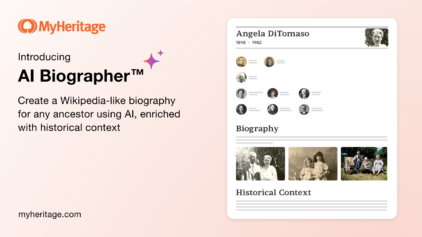
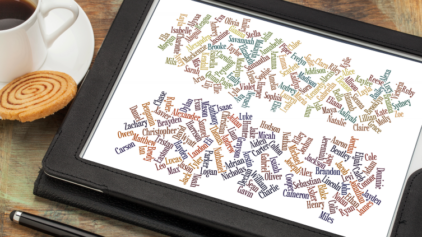
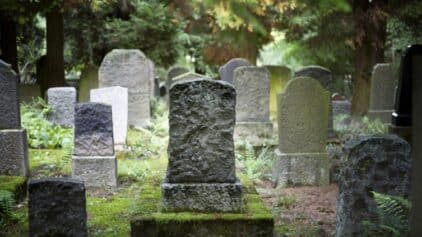
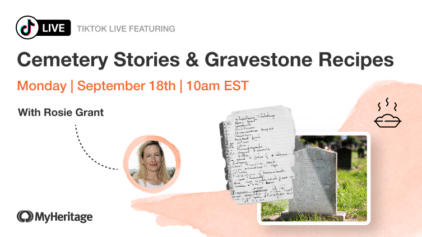



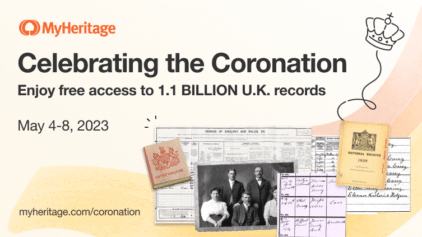

Lyn Lumsden
August 12, 2010
Thank you, this is the best explanation of searching Ireland I have ever seen. I’ve looked at townlands before, but never understood it. I’ll go off looking again.